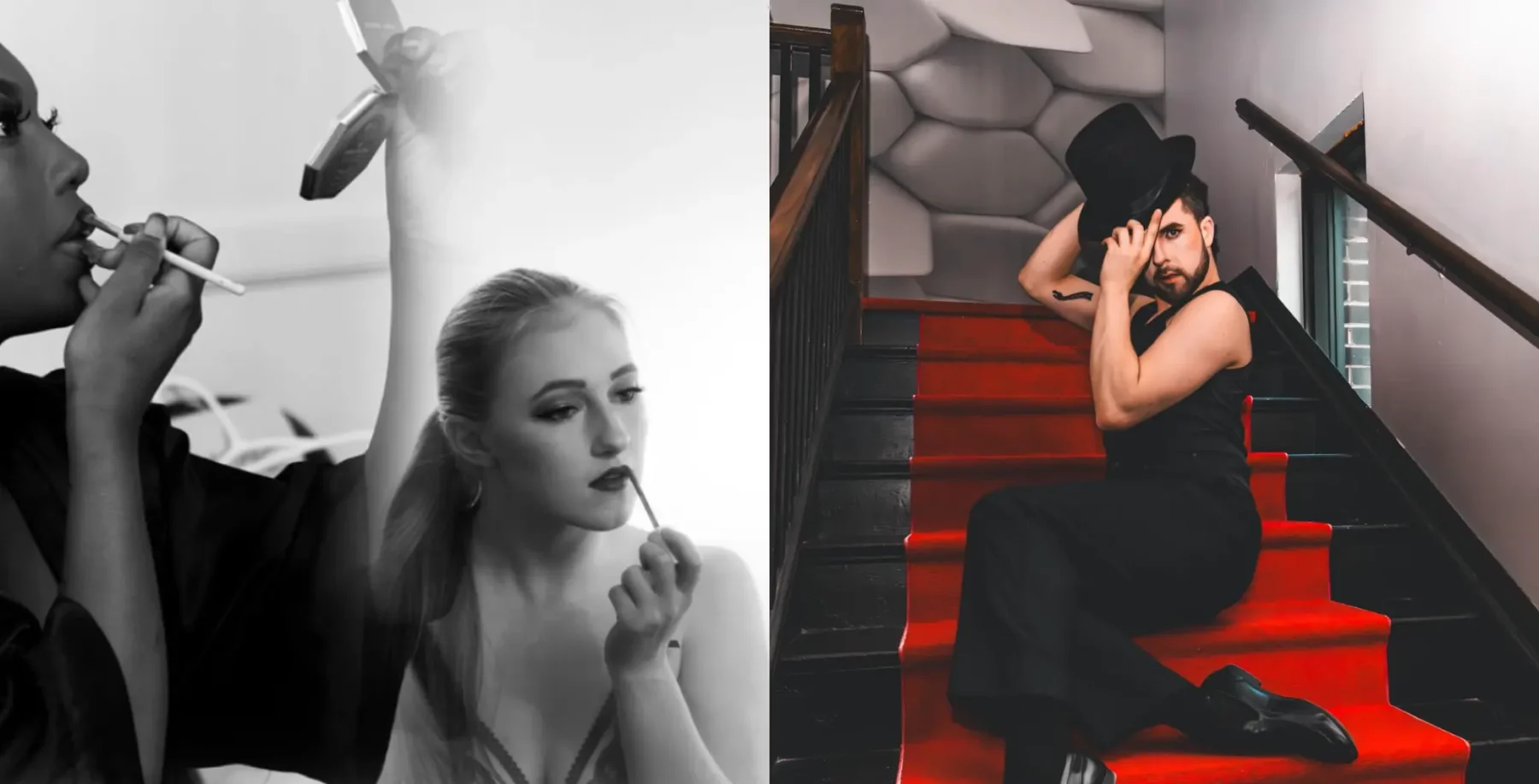
If you missed out on taking a glittering selfie at Yayoi Kusama’s Infinity Mirrors exhibit this spring, make some room on your memory card.
On November 1, Art Gallery of Ontario is launching a month-long crowdfunding campaign to acquire the country’s first Infinity Mirror Room for its permanent collection.
The gallery has secured half the cost needed to buy one of the Japanese pop artist’s crowd-pleasing installations, but isn’t saying which one. The room, which has never been exhibited in Canada, will gradually be revealed over the course of the 30-day campaign. Once the #InfinityAGO campaign reaches its $1.3 million goal, the mirror room will be brought to Toronto “as soon as possible,” according to a press release.
Donors of $25 or more will have a chance to see the room in spring 2019 before it opens to the public, and those who donate within the campaign’s first five days (November 1 to 5 at noon) will be entered into a contest to win a sleepover at the AGO with five friends that includes exclusive access to the room. Buttons, umbrellas and other rewards are being offered for higher contributions and all donations of $100 and up will receive a tax receipt. The campaign website is infinityago.ca.
Long dismissed and copied, the 89-year-old Kusama is now widely considered the most popular artist in the world. Her touring Infinity Mirrors exhibit became a global sensation over the past two years after gallery patrons’ selfies inside the rooms spread on social media.
The show comprised six rooms in addition to paintings, sculptures, installations and film. Its run at the AGO from March to May was the show’s most popular tour stop, with 165,000 visitors passing through. The gallery also extended hours in the final days to accommodate demand.
The AGO Foundation is covering $1 million of the costs to purchase the artwork so the crowdfund will go toward the remaining $1 million plus $300,000 to cover shipping, publicity and staffing.
How do you go about purchasing an Infinity Mirror Room?
“You’re offered a room and you say yes,” says Stephan Jost, the AGO’s CEO, adding that the artist generally produces the rooms in editions of three. “Kusama doesn’t just sell to anybody. We have a good relationship with her gallerist and her studio. We’re a known quantity.”
Whereas the rooms exhibited during Infinity Mirrors’ AGO run allowed one or two people in at a time, Jost says the new room, which is under construction, will fit five people. Although selfies were forbidden in the particularly fragile All The Eternal Love I Have For The Pumpkins room, they will be allowed in the AGO’s acquisition.
“One of the great things about a collection is it reflects the values of the time we’re acquiring it,” says Jost, noting that Kusama’s work exists at the apex of three major art movements of the 60 years. “One is pop art, the intersection between consumer culture and art. Another is minimalist, which is reductive and elegant, and the third is the perperformance art. There’s only one artist who does all three successfully.”
The AGO is the first Canadian art museum to launch a crowdfunding campaign of this scale to acquire contemporary art.
However, in 1959 the institution turned to the public to assist in purchasing Italian master Jacopo Tintoretto’s large-scale 16th century oil painting Christ Washing The Disciples’ Feet. Essentially, people could sponsor one-by-one-inch “squares.” Jost says people who helped pay for the painting still bring it up, so part of the Kusama strategy is to foster long-term connections – as well as raise funds.
“We actually need the money. We have endowed funds but many are restricted so you can only buy 19th century or Canadian or old masters with that money,” he says. “This is also about strengthening the connection between visitor and a specific work of art.”
Major art institutions regularly turn to donors and supporters to pay for pricey acquisitions, but online crowdfunding has become more commonplace in recent years.
In 2014, the Louvre began an annual campaign by seeking €12.5 million (CAD $18.6 million) to purchase the Table of Teschen, a bejewelled piece of 18th-century furniture. And last year the Paris-based home of the Mona Lisa launched a €10 million (CAD $14.9 million) push to buy the Book of Hours, a jewel-and-gold-encrusted prayer book from the 16th century that belonged to France’s King François I.
The Royal Academy of Art in London, Musée d’Orsay in Paris, Museum of Contemporary Art Chicago, the Philadelphia Museum of Art, the Dallas Museum of Art and the Smithsonian in Washington, DC have also used crowdfunding to acquire contemporary art and historical artifacts.
In all, Kusama has created more than 20 distinct mirror rooms since the 1960s. There are 18 permanent Infinity Mirrored Room installations in museums globally in cities including Rotterdam, Los Angeles, Phoenix, Pittsburgh, Tokyo and outside Copenhagen.
art@nowtoronto.com | @KevinRitchie












